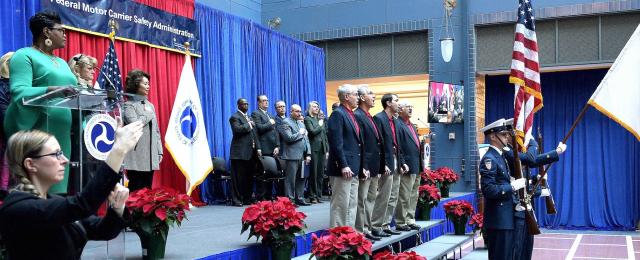The Barbershop style of four-part a cappella singing has its roots in recreational harmonizing of the African-American community of the late 19th century, drawing on centuries of traditional African and African-American chord and rhythm structures. This style reached an expanding audience through African-American vaudeville quartet performances. White performers imitated these performances and intertwined the style with elements of European-rooted close harmony. As music was shared back and forth across the communities, it evolved into a unique style of close harmony and rhythmic pulse.
Barbershop quartets recorded some of the most popular music of the early decades of the 20th century, selling millions of records. In the 1930s, the popularity of Barbershop declined as other types of music came to the fore, especially those better suited for the radio broadcast technology of the time.
In 1938, Rupert Hall and O.C. Cash sent out an open invitation for an evening of Barbershop singing in Tulsa, Oklahoma, and were amazed when 26 men attended. From that informal beginning sprang the Society for the Preservation and Encouragement of Barbershop Quartet Singing in American (SPEBSQSA), now known as the Barbershop Harmony Society. As of 2013, the Society has just under 25,000 members in the U.S. and Canada. Other Barbershop harmony organizations now include affiliates in the UK, Australia, the Netherlands, Finland, Ireland, New Zealand, Spain, Norway, Sweden, Denmark, and South Africa, as well as two organizations for female harmonizers: Sweet Adelines and Harmony, Inc.
Quartet singing was originally the dominant form of the Barbershop style, and the society held the first quartet competition in 1939. In the mid-20th century, singing Barbershop in larger groups became more popular, and choruses were added to the annual competitions. 1953 saw an “invitational” chorus competition, and the first “official” open contest was held in 1954 – won by DC’s Singing Capital Chorus under the direction of Lew Simms!
Today, the Barbershop Harmony Society describes Barbershop as unaccompanied four-part singing where the melody is predominantly in the lead voice (second tenor), with a tenor and bass above and below the melody, and a baritone completing the chord. Songs feature understandable lyrics, singable melodies, a defined tonal center, and “major-minor” seventh chords that resolve around the circle of fifths. High-quality Barbershop singing produces perfectly-tuned chords that produce a series of overtones that expand the sound beyond the four notes actually being sung.
Through Harmony Foundation International, the society promotes music education in schools and communities, in order to introduce new generations to the joy of Barbershop harmony.
Sources:
Henry, Jim. “The Historical Roots of Barbershop Harmony.” The Harmonizer. July/August 2001.
Web pages accessed 7 September 2013:
http://barbershop.org/brief-history-presentation.html
http://barbershop.org/news-a-events-main/204-an-examination-of-the-barbershop-style.html
http://barbershop.org/about/who-is-the-barbershop-harmony-society.html
http://barbershop.org/competitions/contest-a-judging-system.html


